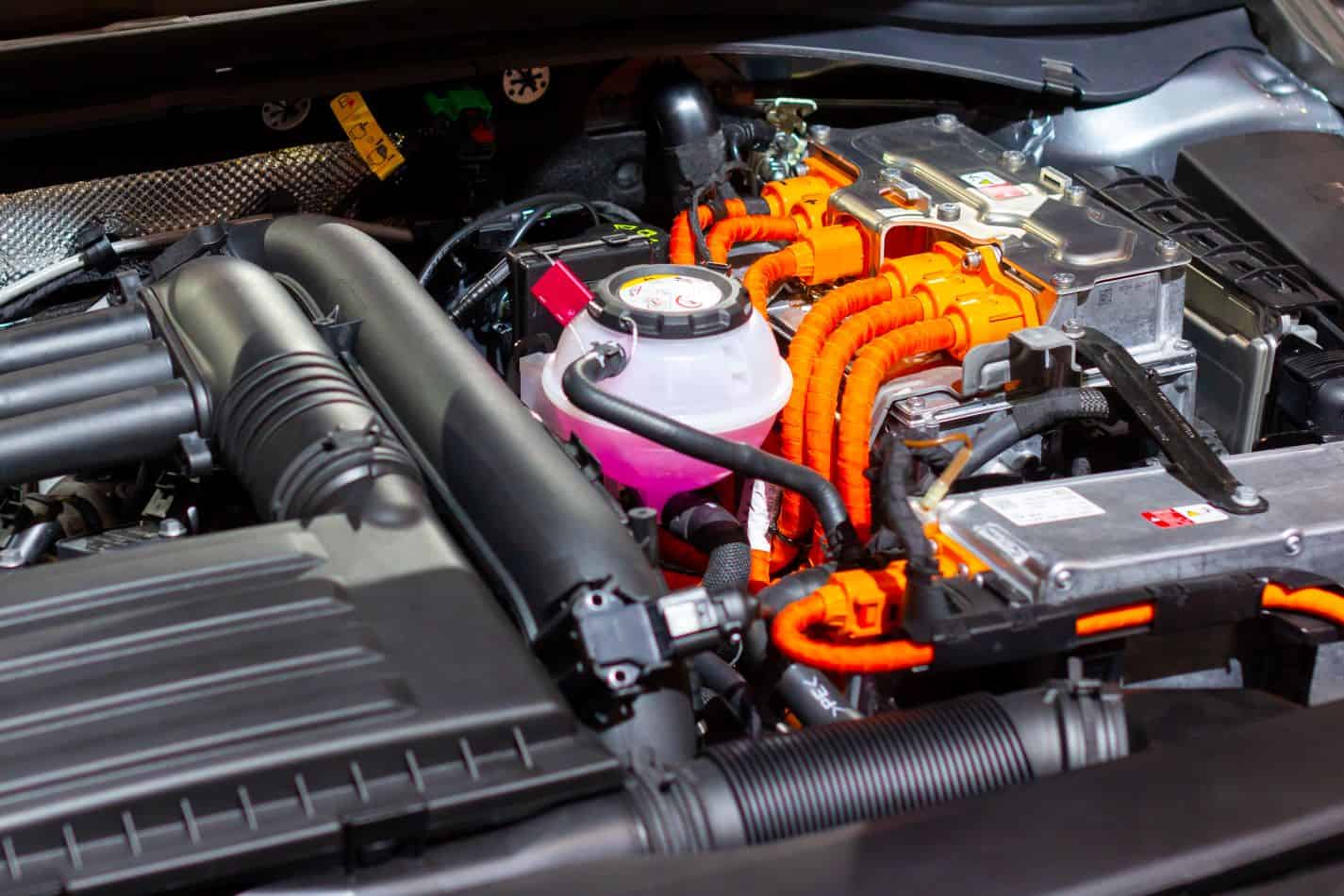9000+ Cashless Garages
1.2 Cr+ Policies Sold

9000+ Cashless Garages
1.2 Cr+ Policies Sold



Decarbonising the engines is essential for maintaining their efficiency while limiting harmful emissions. During operation, combustion causes the deposition of carbon material within the engine. This accumulation will bring about poor performance and fuel consumption. The engine decarbonisation results in the removal of carbon deposits.
The proper techniques and the use of engine decarbonising fluid can restore lost efficiency. This article will enlighten you on the process, benefits, and methods of decarbonisation. Thus helping car owners make the right decisions about their vehicles.


Engine Decarbonisation is a method of removing carbon deposits from a vehicle's engine, thus improving performance and fuel efficiency. Diesel engine decarbonisation uses unique treatments on parts like injectors and combustion chambers, increasing power output while minimising emissions.
Meanwhile, decarbonising petrol engines includes cleaning the intake valves and combustion chambers. These have carbon deposits and cause low power. For both processes, the decarbonising fluid plays an essential role. It dissolves stubborn deposits, allowing us to flush them out. Using such fluids keeps the engine clean, boosts fuel economy, and prolongs engine life.
Decarbonising a car engine involves removing carbon deposits that accumulate over time. The proper method depends on the engine type and the extent of the carbon buildup. Here's an overview of the most common techniques:
Car engines can experience carbon deposits with a range of operational issues. They can also negatively impact the performance and lifespan of the system. Here are the most common problems with the carbon build-up:
Decarbonisation has many benefits for a car's engine. It increases both power and longevity. Below is the list of key benefits:
Engine decarbonisation involves several steps depending on the chosen method. The process ensures the effective removal of carbon deposits without damaging the engine. Below is a step-by-step process of a typical decarbonisation :
Inspection and Diagnosis
The technicians will begin the process of decarbonisation by inspecting the engine. This helps them assess the engine's performance and decide the carbon build-up level.
Preparation
After diagnosing the fault, the professional cleans the engine from the outside. Sometimes, they disassemble the engine's components according to the preferred form.
Application of Decarbonisation Method
Here comes the decision to choose the method. You can also get help from the technician for this. There are three primary methods when it comes to decarbonise the engine.
Reassembling and Testing
Once they clean and fry out the engine, they will reassemble it into place. The technician will test its performance to ensure proper functionality.
When an engine has too much carbon buildup, it shows signs. The signs would have helped avoid major problems and maintain good engine performance. Here are some signs that show it is time for your car's decarbonisation:
Read more
Read Less
The price of decarbonising engines varies depending on their type, vehicle model, and service provider. For the petrol ones, the price starts at ₹2,500 and could go up to ₹10,500, depending on the vehicle's model and make.
Diesel engine decarbonisation is usually valued higher because of its intricacies. Thus, it is best to check with local service centres to get an accurate cost estimate for your engine repair.
The timing of decarbonisation is vital to maintaining engine performance and efficiency. Mileage, driving conditions, and fuel quality can determine appropriate intervals for this maintenance. Here is when you should decarbonise your engine:
Decarbonising the engine is one of the best ways to clean it. A few alternatives also exist to decarbonise the engine. Check the table given below to know the best possible options:
Decarbonising engines is now vital for sustainability. It is a key way to make a big stride toward it. Removing harmful carbon deposits will improve engine performance. Thus reducing fuel consumption and emissions. This benefits cleaner air and supports a smaller environmental footprint.
With the automobile industry's new move towards hybrids, electric car products and strategies towards decarbonisation aim to achieve sustainable maintenance using the latest technologies.
Decarbonisation is one of the best ways to keep a car's engine at its best for the longest time. It helps restore the engine's fuel efficiency, which reduces emissions. This move will benefit the car and the environment and is worth every penny spent.